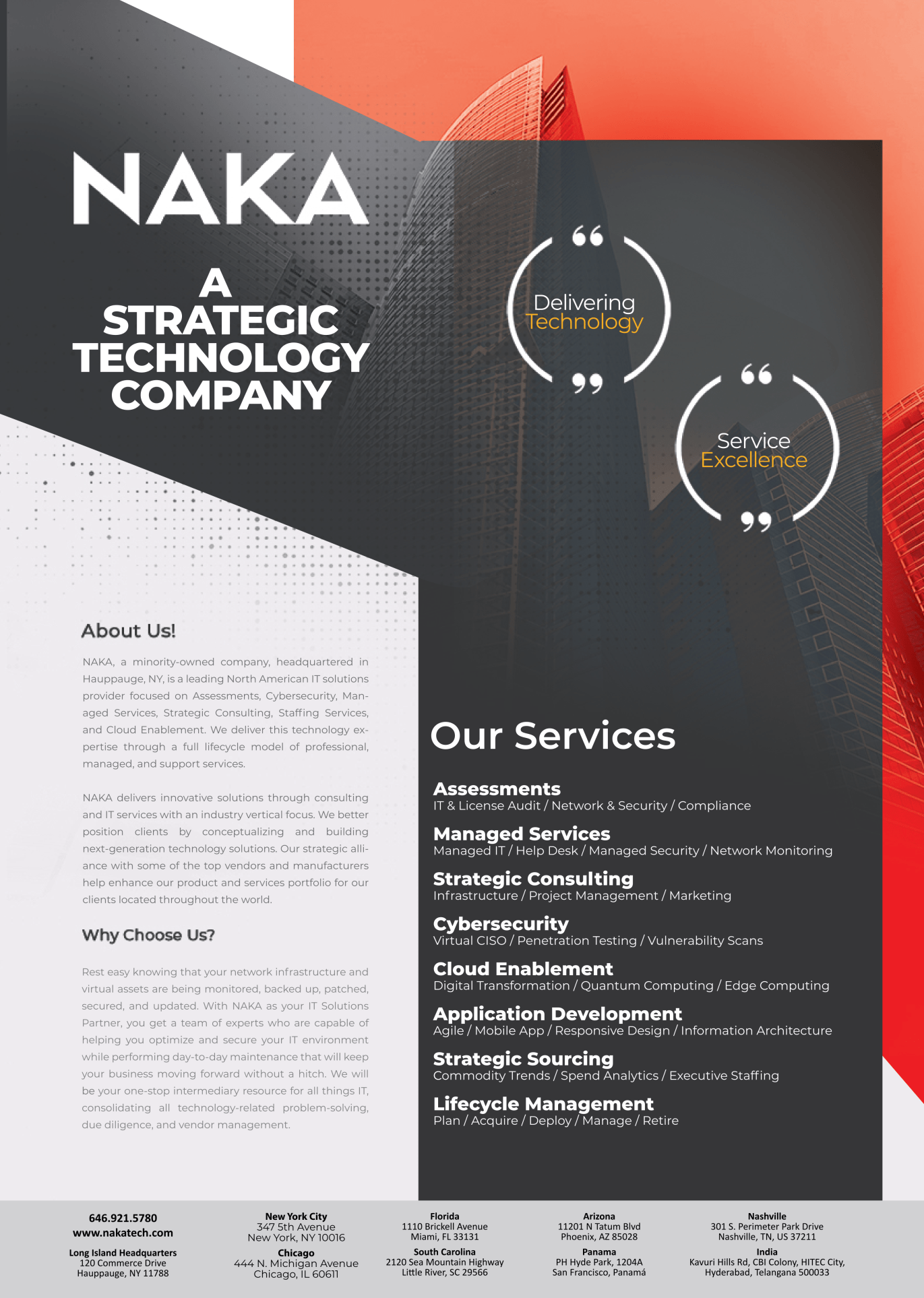IOT Security Concerns For Businesses And How To Tackle Them

IOT Security Concerns For Businesses And How To Tackle Them
The Internet has redefined our lifestyle and the way we work. It is shaping our workplaces in an all-new way which makes it easy and efficient for us. Several novel inventions we have witnessed in the past decade, Internet of things (IoT) is one of them. Along with a long list of prerequisites and comforts, IoT brings with it several security concerns for businesses. To bring into knowledge the security issues and the ways to tackle them, we first need to know what exactly the Internet of Things is.
The Internet of Things (IoT) is “a system of interrelated devices connected to the internet to transfer and receive data from one to the other.” It is a giant network with connected devices, which gather data about how they are used and the environment in which they operate.
IoT provides a platform to dump the data to all devices. The devices use a common language to communicate. The data emitted from various sensors is sent to the IoT platform which integrates the collected data from sources and performs the further required analytics. The information from the data is extracted as per the requirements. The data is subsequently shared with other devices for a better User Experience to improve their efficiency.
An example of IoT is “Smart Homes”, where all devices can be connected to the internet and monitored remotely. Supposedly, if you set an alarm for 7 in the morning, the IoT system can draw the curtains, turn on the water heater, and switch off the AC for you. You can even lock your door sitting at your office desk 10 km away from your home, through a tiny device that you carry in your pocket, i.e. your smartphone.
Now, as we already know what the Internet of Things (IoT) is and how it functions, let’s see how IoT impacts businesses and its adverse effects on the business as security threats per se.
IoT In Business
For any workplace, regardless of the industry, IoT has grown into a vital part. From a smart light bulb in the meeting room to tracking the status of the product manufactured until it reaches the customer, IoT has its hold everywhere, ranging from the smallest of things to the most complex setups. Keeping in mind the excessive cooperation of devices, productivity has largely improved, eventually resulting in the growing demand for IoT. Due to the global connectivity that IoT comes with, IoT has opened paths for people working in the IT sector.
Businesses that have largely benefited from IoT include healthcare, Industrial Business, Agriculture, and Education. It has been able to serve in these sectors in various ways like TimeSaving, Monitoring Health Conditions, Predicting failures, Machine-to-machine communication, Harvest Monitoring, Attendance records, etc. IoT has ensured seamless working and increased efficiency in each sphere.
Security Threats To Businesses From Iots
As the involvement of IoT increases, security threats to businesses also go up. Internet critics have always been vigilant about the security threats that come with it. We will now see how IoT increases security concerns for businesses and the ways in which we can tackle them.
The analysts at the International Data Corporation (IDC) predict that by 2025, over 55.7 billion connected devices will be in the marketplace, with 75 percent of them connected to an IoT platform.
Data Theft By Hacking
IoT platforms have a high risk of hijacking. Hackers can sabotage the data which could put sensitive information about the company at risk. IoT networks lack reliable security standards. The statement is backed by a study by Cisco, an American Networking Hardware Company, which shows that 75% of discovered vulnerabilities were found in IoT devices and networks.
Hackers are able to attack IoT devices such as smart meters, smart home devices used by a company to extract information about the organization and its employees.
Botnets
A botnet is a malware-hidden network of linked devices that enables hijackers to perform various scams. Bots are used to commit various cyber crimes such as phishing, illegal access, and Distributed Denial of Service (DDoS) attacks. These cyber crimes can be committed on IoT devices such as laptops, smartphones, and Desktops, routers, printers, smart cameras, etc. Thousands of workstations can be attacked using bots for attacks. In September 2016, Mirai-infected devices (who became “zombies”) were used to launch the world’s first 1Tbps Distributed Denial-of-Service (DDoS) attack on servers at the heart of internet services.
IoT Driven Financial Crimes
The increased reliance on IoT poses a financial threat, which is a result of privacy invasion of sensitive information by cybercriminals. They tend to convey private information about the customers or employees of a company to eventually facilitate money transfer. This can impose additional financial liability on the company to compensate the employees/ customers and display the business ethics in a negative light.
Ransomware
Ransomware remains one of the most sophisticated financial cyber-crimes of all. To commit this type of cyber-crime, the offender uses malware to enter the system to encrypt data used for business operations. This is a method to demand a ransom from the victim company to get their data decrypted. For example, an attacker can hack a smart appliance and send a notification to the owner to pay him the requested amount.
Authentication Issues
IoT faces several issues when it comes to authentication. In many applications, authentication remains one of the most significant issues in the provision of security. The prevalence of applications on the IoT makes Information Security highly insecure because of the multiplicity of data in the IoT environment.
Man In The Middle
In this type of threat, the attacker intercepts communication between two individual systems. After gaining control of the systems, the attacker takes control of the system. These types of attacks can lead to critical malfunctions, as the attacker can intercept communication between multiple devices and share information in real-time. This can lead to disastrous consequences in the industrial or healthcare industry. For example, an attacker can hack a temperature sensor to cease production in a factory.
Cloud Technology
Cloud technology is, although very convenient to use, but at the same time is vulnerable to attacks. However, cloud storage space comes with every device you buy. You need an active internet connection to access the files stored on the cloud. Considering this, files stored in Cloud can be hacked while you access the connection.
Solutions To Iot’s Security Threats
Now, we will discuss some of the possible solutions to such security concerns of IoT businesses:
Frequently Updating Your System
Frequently updating your system can help maintain security on IoT devices. Lack of updates is one of the concerns to the security of IoT. Keep your system on an automatic update so that every time the device manufacturer provides an update, the system automatically updates itself. It helps in reducing an ample amount of the workload.
Regularly updating IoT systems helps in:
- Provide safety from any fresh form of attack.
- High level of security for your office.
Going Through The Privacy Measures
Privacy Measures should be kept in mind before accessing your IoT device or system. Make sure that you store your files and data in a secure space in your system
Changing Passwords Occasionally
Just like you change your phone passwords frequently, make sure to change the passwords of your IoT devices regularly, at least several times a year. Make sure that each IoT device has a unique and strong password.
Developing Skills To Use Iot Devices
Training your employees and developing skills in them to use IoT devices can make a difference in securing the system to an extent. IoT can be made powerful by conducting workshops, putting up bulletins, and handing newsletters to the team members can help the company.
Turning Off The Universal Plug And Play Feature
The Universal Plug and Play feature helps devices connect, which comes inbuilt in most of the devices. If one device is hacked, all other connected devices become prone to attack automatically because of the Plug and Play feature. Turning off this feature helps in making your workplace relatively safe and secure.
Using Private Networks
Using public-access networks for communication through IoT devices makes the system prone to cyberattacks. Using a private network for the same can avoid unauthorized access to your private files. Protection of encrypted data can be made easy by restricting the access of any outside party to the system.



